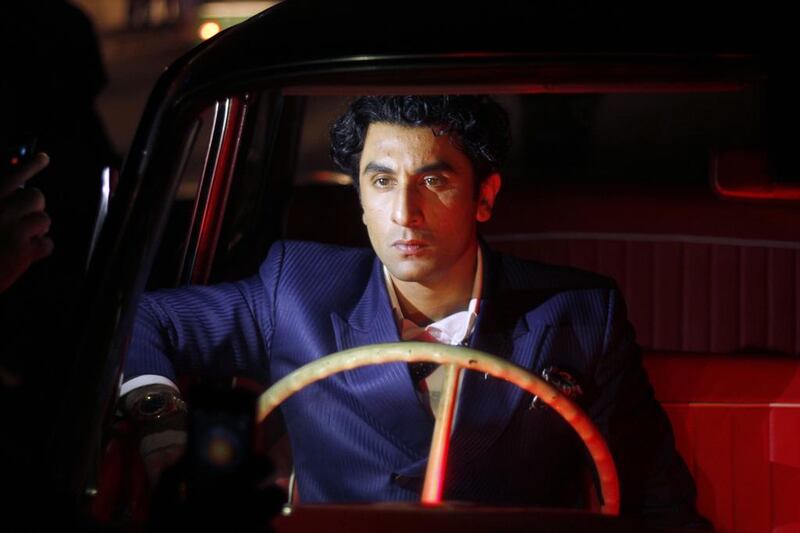Bombay Velvet
Director: Anurag Kashyap
Starring: Ranbir Kapoor, Anushkha Sharma, Karan Johar, Kay Kay Menon, Manish Chaudhary
In the eye of the storm that is Bombay Velvet sits Johnny Balraj (Ranbir Kapoor), an angst-ridden and ambitious crook who is on the fast track to greatness.
Director Anurag Kashyap's turbulent drama unfolds in 1960s Mumbai, where Johnny moonlights as a street-fighter to pay the bills and soothe his tortured soul (after a tough, troubled childhood). He begins working for Kaizad Khambatta, played by filmmaker Karan Johar in an unforgettable role as a suave, creepy businessman waiting to capitalise on the urban development that will transform the city, which is poised to become India's financial capital.
Kapoor, a consummate actor, is wasted as Johnny, a thug so morally reprehensible it is impossible to root for him. Sharma's role is unashamedly stereotypical – a poor but talented woman trying to make it in the big, bad city, with a few token scenes thrown in early to establish that she has been abused by opportunistic men.
Which brings us to the true star of the film: Bombay. Those who love the city will revel in glimpses of its past: clean streets dotted with Fiats and Morrises; Marine Drive, the seafront, without a skyscraper in sight; colonial architecture in pristine condition; trams; retro advertisements; and, for a brief few seconds, a glorious panorama of Victoria Terminus railway station in South Bombay, barely recognisable without traffic and pedestrians constantly swirling around it.
While most of the film was shot on an elaborate set in Sri Lanka, there is much pleasure to be had in the little details, too, from the exquisite costumes designed for Sharma, to the old-fashioned ceiling fans whirring at Lloyds Bank, where Johnny comically botches a hold-up.
But all the rich visual layers and authenticity cannot save Bombay Velvet, which is at best a one-dimensional story with characters whose fate the audience will be able to predict within the first 20 minutes.





